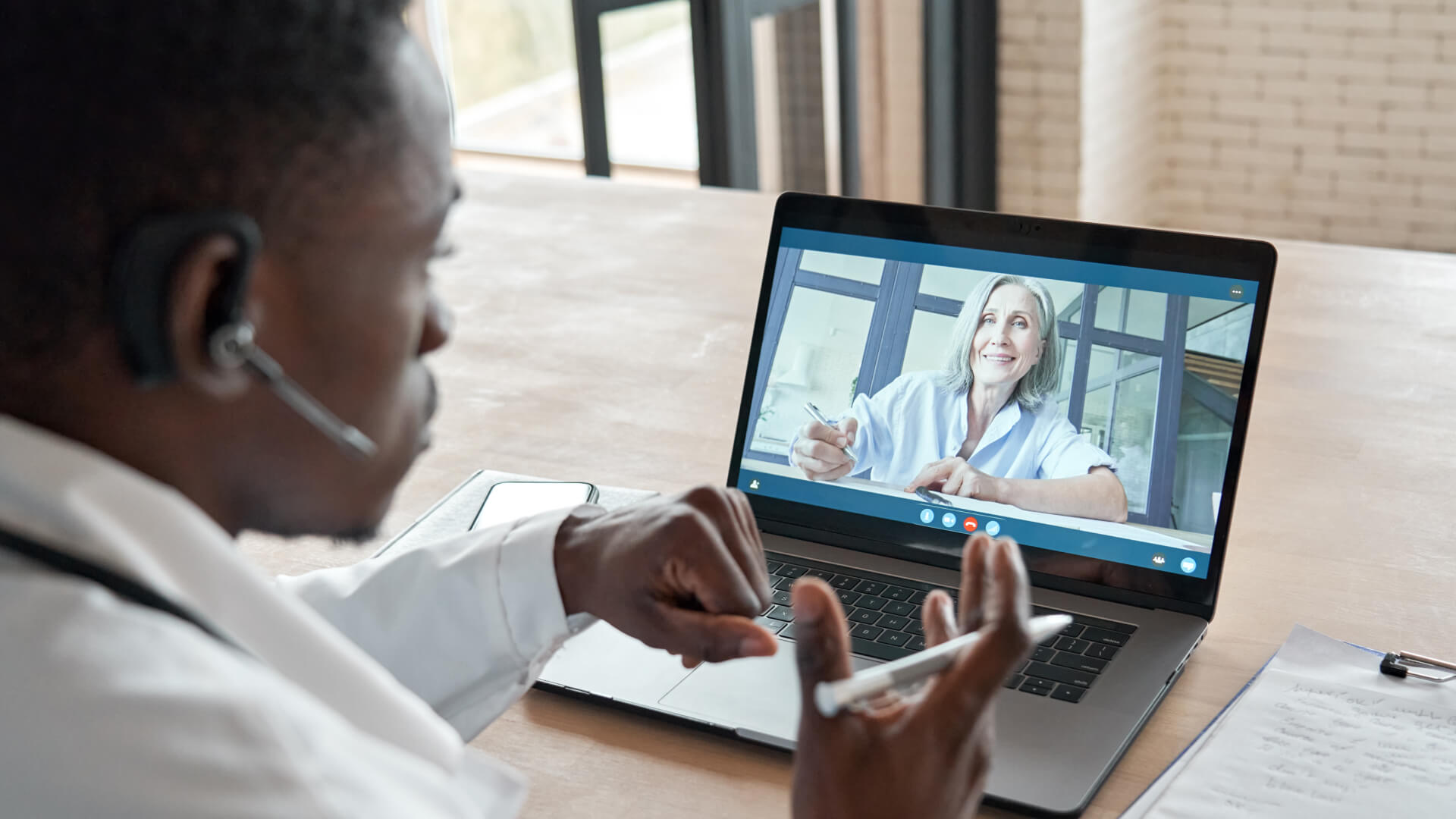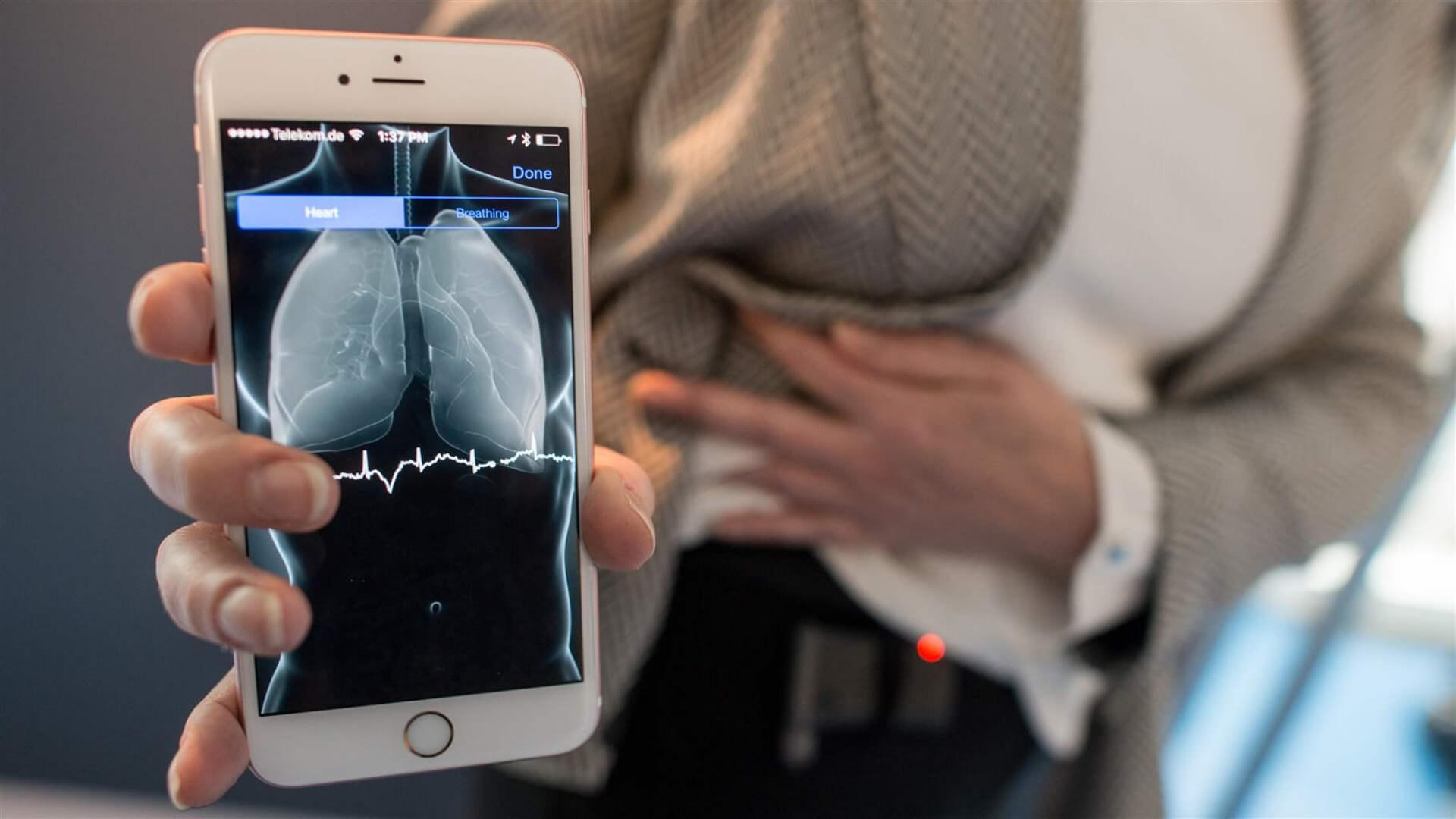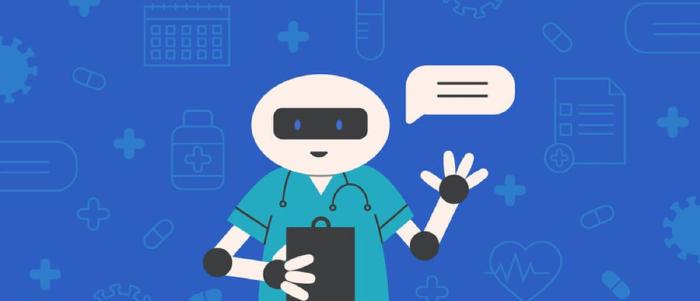
December 9 2023
8 min read

Sep
Telepsychiatry is the application of telemedicine in the field of psychiatry, allowing mental health professionals to provide consultations, therapy, and other psychiatric services via video conferencing or other digital communication tools.
This method of delivering mental health care has proven to be a boon, especially for those residing in areas with limited access to psychiatric services or those who prefer the privacy and comfort of their own homes.
The importance of telepsychiatry becomes even more pronounced when we consider the current mental health landscape. With rising awareness about mental health issues and the gradual destigmatization of mental illnesses, the demand for psychiatric services has surged.
However, the traditional model of in-person consultations often falls short in meeting this demand, especially in regions with a scarcity of mental health professionals or in situations where individuals are hesitant to seek help due to societal pressures.
Furthermore, recent global events like the COVID-19 pandemic have emphasized the need for remote healthcare solutions. With lockdowns and social distancing measures in place, many people experienced isolation, anxiety, and depression. Telepsychiatry emerged as a crucial lifeline during these challenging times, providing uninterrupted access to mental healthcare and support.
COVID-19 pandemic triggered 25% increase in prevalence of anxiety and depression worldwide: WHO

One of the most salient advantages of telepsychiatry is its ability to transcend geographical limitations. Traditional psychiatric care often requires patients to travel, sometimes long distances, to access quality mental health services.
This can be particularly challenging for those living in rural or underserved areas where psychiatric resources are scarce. Telepsychiatry eliminates this barrier, enabling patients to connect with mental health professionals from the comfort of their homes, irrespective of their location.
Mental health, despite advancements in awareness, still carries a stigma in many societies. This stigma can deter individuals from seeking the help they need. Telepsychiatry offers a discreet alternative.
By allowing patients to engage in therapy sessions from a private setting of their choice, it reduces the fear of being judged or recognized at a physical clinic. This discretion can be instrumental in encouraging more individuals to take the first step towards seeking help.
The modern world is fast-paced, and finding time for regular in-person therapy sessions can be a challenge for many. Telepsychiatry introduces a level of flexibility previously unattainable.
Patients can schedule sessions outside of traditional working hours, avoid commute times, and even engage in therapy while traveling. This adaptability ensures that mental health care fits seamlessly into patients’ lives, rather than the other way around.
Telepsychiatry can lead to significant cost savings for both patients and providers. Patients save on travel expenses and time, while providers can reduce overhead costs associated with maintaining a physical office space.
Additionally, telepsychiatry allows providers to optimize their schedules, seeing more patients in a day than might be possible with in-person appointments. This efficiency not only boosts the provider’s revenue but also ensures that more patients receive the care they need.
Every patient’s mental health journey is unique, and some may require specialized care that isn’t readily available in their vicinity. Telepsychiatry bridges this gap.
Whether it’s a specific therapy technique, a rare specialization, or a therapist fluent in a particular language, telepsychiatry broadens the pool of available professionals. Patients are no longer limited to the resources in their immediate area but have access to a global network of expertise.

The backbone of telepsychiatry lies in its ability to facilitate real-time, face-to-face interactions between patients and providers. Secure video conferencing tools have played a pivotal role in this. These platforms, designed with end-to-end encryption, ensure that patient-provider communications remain confidential and protected from potential breaches.
The high-definition video and audio quality mimic the experience of in-person sessions, fostering a sense of connection and understanding.
A seamless integration with Electronic Health Records (EHR) elevates the telepsychiatry experience. EHR systems allow providers to access a patient’s medical history, previous diagnoses, medications, and other pertinent information during a session.
This holistic view ensures that the care provided is informed and tailored to the patient’s unique needs. Moreover, any new observations, prescriptions, or treatment plans can be instantly updated, ensuring continuity of care.

The infusion of Artificial Intelligence (AI) and Machine Learning into telepsychiatry is a testament to the field’s progressive nature. These technologies assist providers in patient assessment by analyzing patterns, predicting potential risks, and offering insights that might be overlooked in traditional settings.
For instance, AI-driven tools can monitor a patient’s speech, facial expressions, and tone to gauge their emotional state, providing real-time feedback to the psychiatrist.
Virtual Reality (VR) has carved a niche for itself in the realm of telepsychiatry, especially in the domain of exposure therapy. Patients suffering from phobias or post-traumatic stress disorder (PTSD) can benefit immensely from VR-driven exposure therapy.
In a controlled virtual environment, patients confront and process traumatic memories or phobic triggers, guided by their therapist. This immersive experience, while ensuring the patient’s safety, accelerates the therapeutic process, allowing individuals to reclaim control over their fears.

Telepsychiatry, with its patient-centric approach, has garnered significant appreciation from those who have availed its services. The convenience of accessing care from one’s personal space, the elimination of commute, and the flexibility in scheduling have all contributed to heightened patient satisfaction.
The ease of use and the comfort of familiar surroundings often lead to more open communication, enhancing the therapeutic experience.
The efficacy of telepsychiatry has been a subject of extensive research. Studies consistently demonstrate that telepsychiatry is as effective as in-person sessions for a wide range of mental health disorders, from depression and anxiety to more complex conditions.
The quality of care remains uncompromised, with patients reporting significant improvements in their mental well-being. Moreover, the retention rates for telepsychiatry are commendable, indicating that patients are not only satisfied but also see the value in continuing their treatment virtually.
A cornerstone of effective psychiatric care is the therapeutic relationship between the patient and the provider. Skeptics often question the depth of connection achievable in a virtual setting. However, telepsychiatry has proven that genuine, empathetic, and trusting relationships can be cultivated online.
The direct eye contact facilitated by camera positioning, the undivided attention due to minimized external distractions, and the authenticity of interactions in a comfortable environment all contribute to building robust therapeutic bonds.
While telepsychiatry offers numerous advantages, it’s essential to acknowledge and address potential concerns. Some patients might face technical challenges, such as unstable internet connections or lack of access to necessary devices. Others might feel that the virtual medium lacks the ‘human touch’ inherent to in-person interactions.
Providers need to be trained to recognize and navigate these challenges, ensuring that the quality of care remains consistent. Offering hybrid models, where patients can choose between virtual and in-person sessions, or providing technical support can mitigate some of these concerns.

The horizon of telepsychiatry is vast and ever-expanding. As technology continues to advance and integrate into our daily lives, the global reach of telepsychiatry is set to widen.
Developing nations, where mental health resources are often limited or non-existent, stand to benefit immensely. Telepsychiatry can help close the gap between the demand for mental health services and their accessibility, making sure that high-quality psychiatric care is a universal right, accessible to everyone, no matter where they are.

The rise of wearable health technology, like smartwatches and fitness trackers, offers a unique chance for telepsychiatry.
These gadgets come with sensors that can track things like heart rate, sleep, and stress. By including this information in telepsychiatry platforms, doctors can get immediate insights into a patient’s health, leading to better decisions and personalized care.
This blend of tech and psychiatry brings in a new era of proactive mental healthcare, where problems can be spotted and dealt with early.
Emergencies and crises are an unfortunate reality in the realm of mental health. Telepsychiatry, with its instant connectivity, can play a pivotal role in such situations.
Whether it’s a person battling suicidal thoughts or someone experiencing a severe panic attack, immediate access to a mental health professional can be life-saving.
Telepsychiatry can facilitate rapid crisis interventions, providing immediate support and guidance, and coordinating with local resources if necessary.
Psychiatric education is changing, led by telepsychiatry. With virtual appointments becoming common, it’s crucial for the future psychiatrists to be skilled in this digital world.
This means not just technical know-how but also developing the right people skills for online interactions. Training programs will have to adapt, adding lessons on engaging with patients virtually, ethics in the digital space, and the nuances of online therapy connections.

In telepsychiatry, safeguarding the confidentiality of patient data is of utmost importance. With sessions being conducted over digital platforms, there’s an inherent risk of data breaches and unauthorized access.
To ensure the protection of patient information, providers must employ state-of-the-art encryption methods and establish secure communication channels as the foundation of their digital infrastructure.
Regular audits, penetration testing, and adherence to data protection regulations further fortify the robust defenses in place, ensuring that patient information remains confidential and inviolable.
You may find this useful: Ensuring HIPAA Compliance with White Label Telemedicine
The practice of telepsychiatry often transcends state boundaries, leading to complex jurisdictional challenges. Psychiatrists must be aware of the licensing requirements of both their state and the state where the patient resides.
Some states have reciprocity agreements, while others may require additional certifications. Staying abreast of evolving regulations and obtaining necessary licenses is crucial to ensure that the care provided is not just effective but also legally compliant.
Informed consent is a foundational principle in healthcare, and telepsychiatry is no exception. Patients must be made aware of the nature of virtual consultations, potential risks, data handling procedures, and their rights.
This consent, however, takes on added layers in a digital world. Providers must ensure that the consent process is thorough, transparent, and tailored to the virtual format, allowing patients to make informed decisions about their care.
While telepsychiatry has proven to be effective, the virtual format can pose challenges in terms of clinical assessments. Subtle non-verbal cues might be missed, or technical glitches could interfere with the session.
It’s essential for providers to be cognizant of these limitations and adopt strategies to mitigate them. This might involve using supplementary assessment tools, seeking additional information, or, in some cases, recommending an in-person evaluation.
Telepsychiatry is a shining example of the human spirit’s resilience and capacity for innovation. It represents the intersection of science, technology, and empathy, providing a ray of hope to those grappling with mental health issues. As we enter a new era in psychiatry, it’s our duty to wholeheartedly support this digital revolution, making sure that mental well-being is a basic right accessible to everyone.

December 9 2023
8 min read

December 4 2023
8 min read

November 30 2023
8 min read

November 22 2023
8 min read